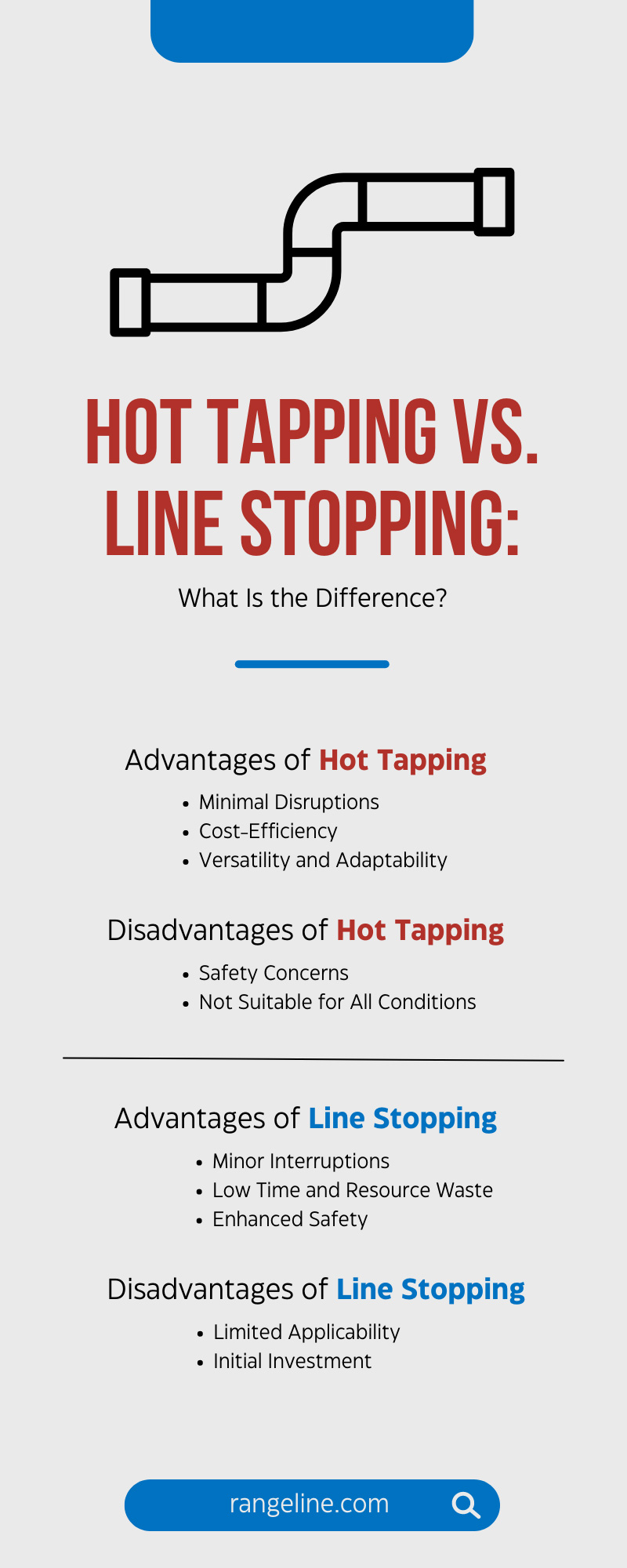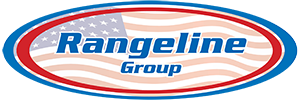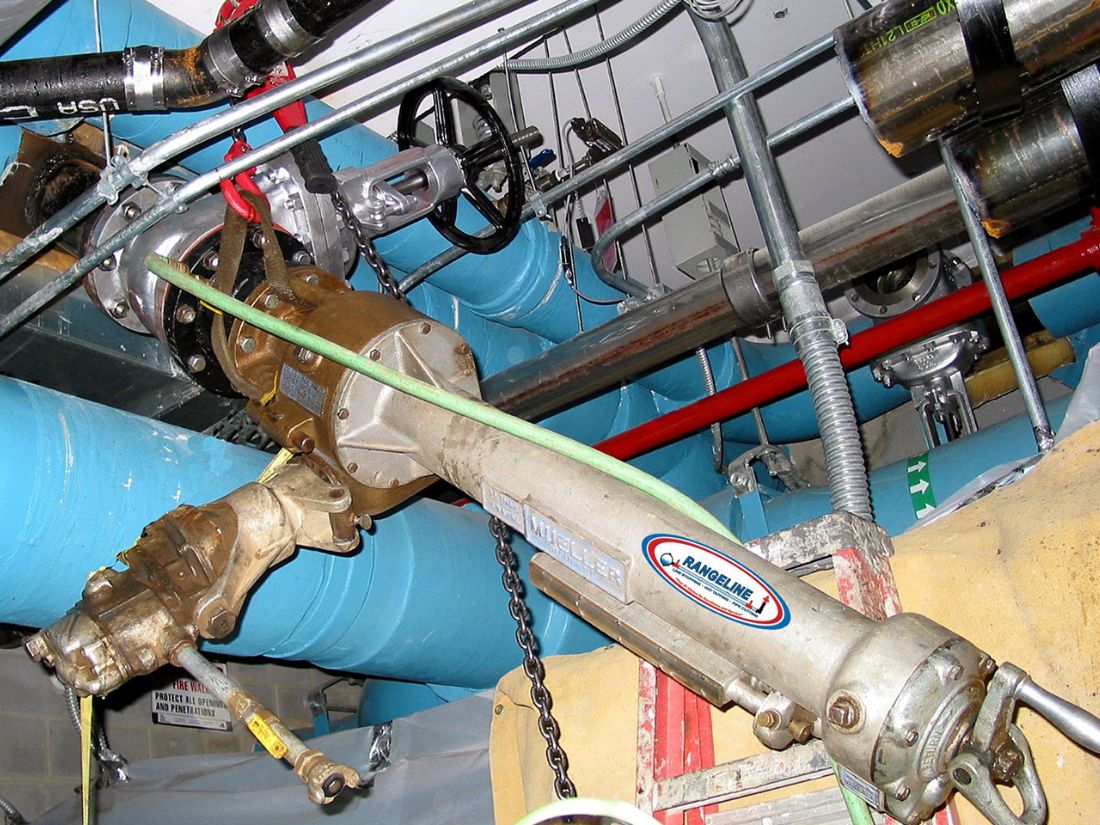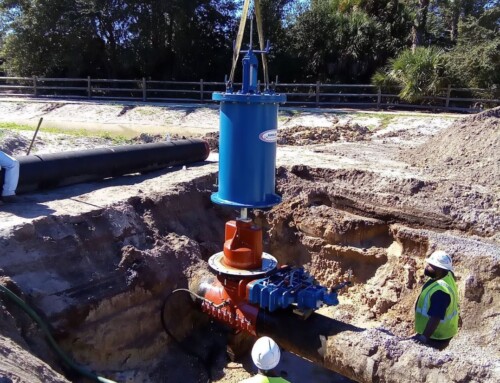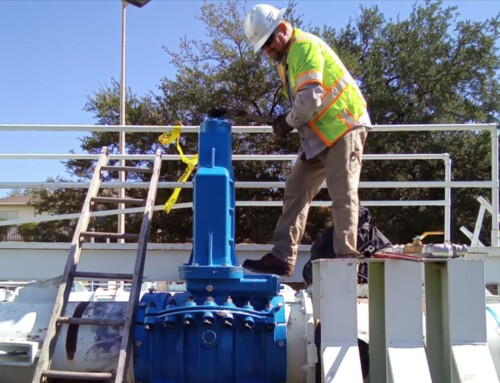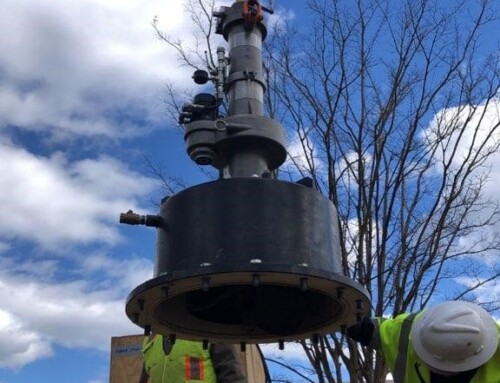Do you have aging infrastructure in your city? Or are you looking to improve the flow of materials at your business without any unnecessary interruptions or downtime? If so, it’s important to find a fix for it—and fast. While there are many techniques for addressing these issues, there are two specific methods of pipeline maintenance you should know about that surpass the rest: hot tapping and line stopping.
In this blog post, we will discuss both processes in detail—from an overview of each method to the advantages and disadvantages of each one. With a better understanding of the differences between hot tapping and line stopping, you can have more confidence when deciding which approach is best for you.
Overview of Hot Tapping and Line Stopping
Hot tapping and line stopping are essential processes in many industries for repairing and maintaining pipeline systems. Hot tapping allows maintenance work to be carried out on pipelines that are still in service, enabling a safe and controlled access point without the need for shutting down the entire system. It is an intricate process that involves drilling a hole into a live pipeline and attaching a nozzle or tap, which, in turn, enables new connections to be made.
A line stopping approach, on the other hand, temporarily stops the flow of product by inserting a plug or seal into the pipeline. Both methods are safe and effective ways to ensure the smooth functioning of a pipeline, minimize downtime, and ultimately reduce costs. Understanding the processes of hot tapping and line stopping is crucial to ensuring the safety, reliability, and efficiency of pipeline operations.
Understanding the Main Differences Through Advantages and Disadvantages
Even though our overview of these processes helps point out the main difference between them, there are many more distinctions between the two we’d like to point out. To do that, we’ll cover the advantages and disadvantages of each one.
Advantages of Hot Tapping
Minimal Disruptions
One standout advantage of hot tapping is that it allows for new connections or repairs to be made to pressurized pipelines without the need for a total system shutdown. This ensures minimal to no disruptions of essential utility services, making it a more practical solution for bustling urban centers and busy industrial zones.
Cost-Efficiency
With hot tapping, isolation and expensive shutdowns are avoided. By eliminating venting and draining operations, you can significantly reduce the costs and environmental impact associated with lost product and emissions.
Versatility and Adaptability
Hot tapping can accommodate a wide range of pipeline sizes, materials, and pressures—both onshore and offshore. This versatility lends itself to many applications in diverse settings, addressing the varied needs of growing cities and industries.
Disadvantages of Hot Tapping
Safety Concerns
While hot tapping contributes to overall safety in pipeline management, the technique itself poses potential risks. If not performed with precision and expertise, complications such as leaks, pipeline weakening, and in rare cases, explosions may occur. Employing experienced hot tap contractors and adhering to strict safety protocols are crucial to mitigating these risks.
Not Suitable for All Conditions
Sometimes, hot tapping may not be suitable for certain pipeline conditions, such as excessively corroded pipes, extremely high or low temperatures, or if the pipeline material is incompatible. In such cases, alternative repair methods, like line stopping, may be necessary.
Advantages of Line Stopping
Minor Interruptions
Like hot tapping, one of the most significant benefits is minor service interruptions that occur during maintenance or modification. In practice, line stopping only isolates a section of the pipeline, allowing the rest of the system to remain fully in operation. This minimizes downtime, ensuring the continuous delivery of essential resources for cities and businesses alike.
Low Time and Resource Waste
Another plus for line stopping is that since it doesn’t require a full shutdown, it’ll eliminate the need for costly system drainage and complex bypass installations. This means both time and financial resources can be allocated more efficiently.
Enhanced Safety
In general, line stopping is a safe technique overall since maintenance teams can work on live pipelines, ensuring zero leakage or contamination to the surroundings. This also reduces environmental impact and guarantees the safety of workers, citizens, and assets. However, you should still hire professionals for this type of project to ensure the highest level of safety.
Disadvantages of Line Stopping
Limited Applicability
While line stopping offers numerous benefits, it isn’t suitable for all pipeline systems or materials. Some pipelines with specific sizes, ages, or construction materials might not be compatible with line stopping technology, making it less viable for certain cases.
Initial Investment
The initial costs of line stopping equipment and expertise can be high, making it less accessible for smaller organizations or budgets. However, the long-term savings and reduced downtime often make this investment worthwhile in the long run if you can initially afford it. Luckily, hiring a team of professionals keeps you from needing to buy this equipment yourself.
Common Applications for Hot Tapping and Line Stopping
Even though you now know the key differences between hot tapping and line stopping, there are still a few things to know about these systems. First, each method performs best in certain applications across a multitude of industries.
Both methods are great for pipeline maintenance and repair, modification, relocation, and tie-ins. Generally, hot tapping is a great choice for installing bypass piping systems, while line stopping is best for replacing pre-existing valves. By using these two methods, pipeline owners and operators can improve the reliability and safety of their pipelines, ensuring smooth and efficient operations.
Why You Should Use Professional Services for Hot Tapping and Line Stopping
When it comes to critical infrastructure such as pipelines, it’s important to ensure that repairs and modifications are made with the utmost care and expertise. That’s where professional hot tapping and line stopping services come in.
By entrusting your project to experienced professionals, you can take advantage of advanced technology and expert techniques that deliver superior results. With the use of hydraulic machines and trained technicians, hot tapping and line stopping can be performed safely and effectively for a range of piping systems without the need for a costly and time-consuming full shutdown. When it comes to your pipeline system, don’t take chances with amateur repairs. Put your trust in professionals like us, and enjoy the benefits of top-quality service and flawless execution.
